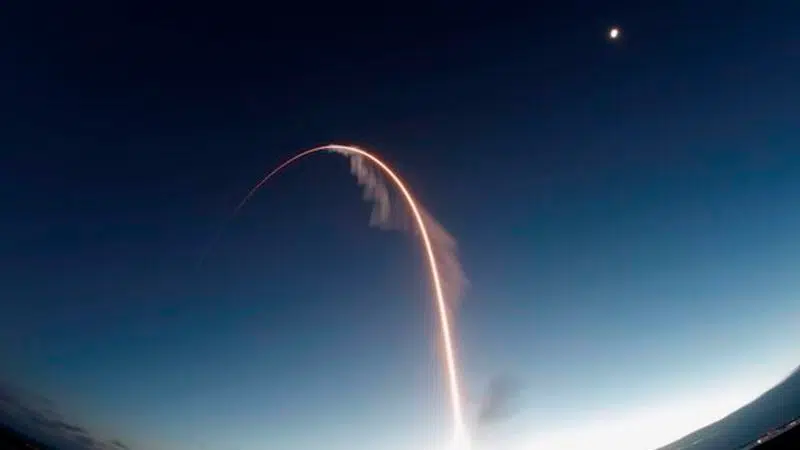
Boeing capsule returns to Earth after aborted space mission
CAPE CANAVERAL, Fla. — Boeing landed its crew capsule in the New Mexico desert Sunday after an aborted flight to the International Space Station that threatened to derail the company’s effort to launch astronauts for NASA next year.
The Starliner descended into the Army’s White Sands Missile Range in the predawn darkness, ending a two-day demo that should have lasted more than a week. All three main parachutes popped open and airbags also inflated around the spacecraft to ease the impact.
“Congratulations, Starliner,” said Mission Control, calling it a successful touchdown.
A test dummy named Rosie the Rocketeer — after Rosie the Riveter from World War II — rode in the commander’s seat. Also returning were holiday presents, clothes and food that should have been delivered to the space station crew.
